When net profits are typically about 5% of revenues, a 1% increment in price can increase net profits by between 10% and even 20%. Therefore, getting the price absolutely right has never been more important.
We have helped our clients to determine the optimum price of new products and also to adjust the prices of current ones. There are various methods to do this, from conjoint or DCM to PSM (Van Westerndorp).
We have developed a hydrid PSM that take the best of PSM and enhances it to deliver even greater insights. However one of the main critiques or limitations of the PSM has been its continued lack of validation. There have been a few tries at getting closer to one. In a 2004 study carried out by Michelsen Consulting a total of 164 products, across over 50 different FMCG categories, were tested using the two question version of the PSM (“too cheap” and “too expensive”). The recommended prices using the PSM (intersection of the “Too cheap” and” Too expensive”) where plotted against the actual market prices of all the products. The results are shown in graph 1. Across all 164 products the relationship between actual and PSM prices had an R square of .95. This in itself is extraordinary and empathically indicates an extremely strong relationship between both price sets. However, even though the relationship is strong, the PSM prices lags behind the actual market prices for almost all products. This can be better appreciated be comparing the distance, or gap, between the regression line (black) and the exact price match line (red). Ideally these two should be as close as possible and a complete overlap would indicate that the PSM is in fact certainly validated. On average the PSM recommended prices differ by almost 20% to the actual market prices.

Some example of pricing analysis work we have done:
- Establishing the impact that the introduction of a new generic product will have on category price perceptions.
- Comparison of price options across evaluated concepts to determine which concept delivers the highest revenue/profit.
- Establish what is the relative monetary value of different product features

